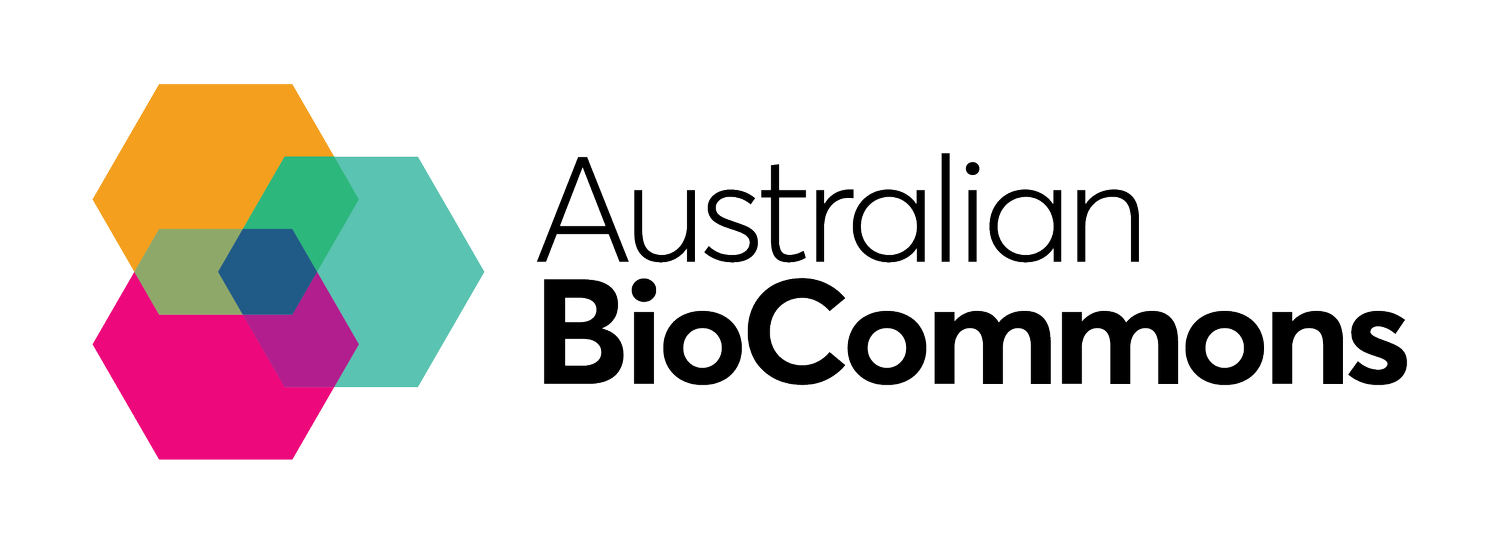A new best-practice workflow for easy and efficient genome assembly
An off-the-shelf bioinformatics workflow for genome assembly from HiFi read data is now available and has been specifically tailored for Australian researchers. The new custom-built genome assembly workflow:
Allows researchers to easily and efficiently assemble genomes from their HiFi read data
Has a full suite of supporting guides and technical documents for users to follow thanks to the experts at the AGRF and the BioCommons team
Is easily findable via WorkflowHub.
Assembling genomes from HiFi reads is a common roadblock for researchers. Now, researchers can access a customised solution following a successful collaboration between two Bioplatforms Australia facilities, the Australian Genomics Research Facility (AGRF) and the Australian BioCommons. Dr Kenneth Chan, Bioinformatics Manager at the AGRF, said that:
This custom-built genome assembly workflow provides a standardised approach that follows best practice in terms of workflow design, documentation and user support. Now when AGRF generates HiFi long read sequencing data for researchers we can direct them to this workflow solution with confidence that it will suit their needs.
The workflow is written in NextFlow and employs assembly software specific for HiFi sequencing reads. It features pre-assembly quality control for the raw sequence data, a primary assembly stage using the Improved Phased Assembler from PacBio, and a post-assembly quality control stage.
Outline of the tools and processes within the HiFi genome assembly workflow
Community scale research requires reproducible, best-practice, bioinformatics workflows that can be run on a multitude of computational systems. The new custom-built workflow has been optimised across several national research consortiums, and can run on the Gadi supercomputer at NCI Australia, the Setonix supercomputer at Pawsey, Amazon Web Services, and the in-house computational systems at the AGRF. Looking to the future, the workflow has been prepared for use on NextFlow Tower as the BioCommons and our infrastructure partners are in the process of setting up a national NextFlow Tower service.
Researchers can find the new workflow easily on WorkflowHub. If you are interested in contributing to future efforts in the workflows space, the Australian BioCommons coordinates a community for computational workflows in bioinformatics. Anyone is welcome to join the conversation and contribute!

